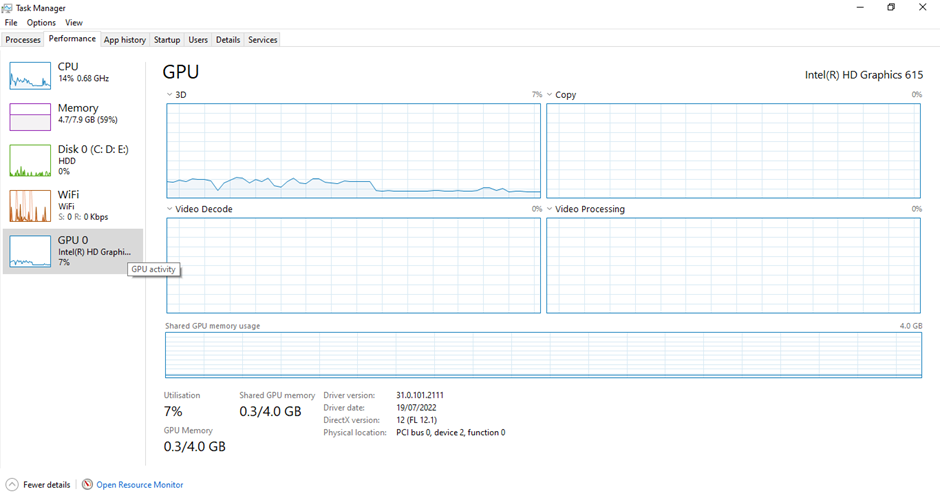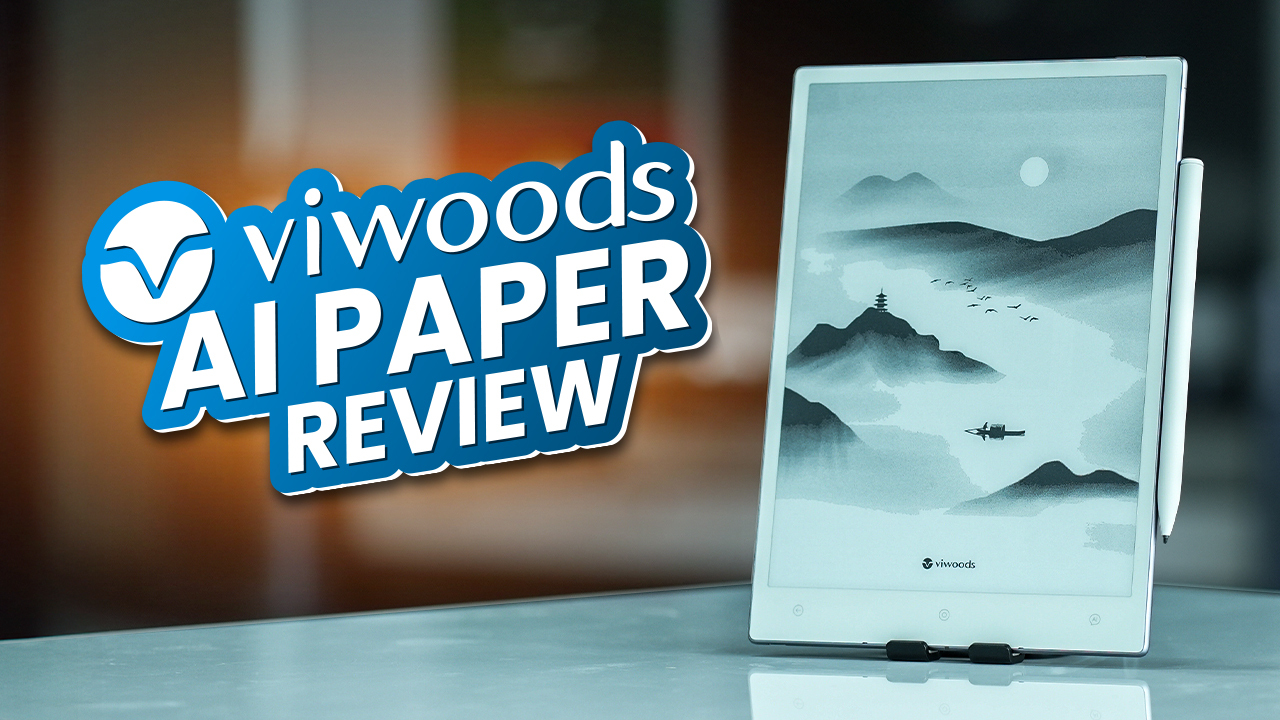Using dual monitors can help you in many ways when it comes to multitasking. For instance, if you are a gamer and have to keep an eye on emails and other stuff while focusing on gaming, you can do it easily with the help of multi-screens. You can also look at the map and other important information about the game on the second screen as it sometimes becomes messy to look at everything in the game on a single screen. Using dual monitors can also make streaming better. But the question is whether it uses more GPU or not. If yes, how much?
“The short answer is – Yes. It does use more GPU. It is obvious that installing two monitors will eventually use up more GPU power.”
However, the answer to “how much GPU use increases” varies with the purpose of use, different types of monitors, and graphic card combinations. If you are using advanced, high-pixel monitors with low-end cards, they will use more GPU than normal. On the other hand, if you are using compatible graphics cards with the monitors, the delta in the GPU usage reduces. If you are using the dual screen for low-effort tasks, the increase in GPU usage is marginal, whereas using it for gaming or other high-intensity tasks will cost a high rise in GPU usage.
How Dual Monitors Affect FPS?
Suppose you want to play a game on both screens at 1080p resolution. Your GPU will have to work extremely hard to do this as it will take a toll on it. On the other hand, if you are to use the second screen for mirroring the first screen, then it will take less effort. So, the key takeaway here is if you are running the two monitors separately it will require more GPU use. On the other hand, if one screen is sitting idle while the other is working, it won’t put any additional strain on GPU usage.
So, the time it affects your FPS is when you are running a game on one screen and watching a high-resolution video on the other screen. In this scenario, you will witness a visible decrease in the FPS.
If you want a more in-depth breakdown of how dual monitors affect FPS, check out this article on it.
How To Measure Gpu Usage?
You can measure GPU usage by using the TASK MANAGER. In the performance tab of the task manager, you will have the GPU usage information. You can see that when your screen is sitting idle, there is minimum GPU usage. You can also check the GPU usage of both monitors when you are using dual monitors.

Does The Number Of Pixels Affect GPU Usage?
The number of pixels used is what matters the most when it comes to GPU usage. Simply put, if you require more pixels, you will need more GPU power.
So, it is not necessary whether your screen is sitting idle or working. What generally matters is the number of pixels used. For example, if you are using two HD screens with 1080p resolutions, it will take more effort from the GPU to run these two screens. On the other hand, if there is only one screen with 1080p resolution it will require less usage. Following this theory, a 4K resolution screen should have dual GPU usage of a 1080p resolution screen, but actually, it is not entirely true.
If we see in practice, there is very little application of this theory as dual or multiple screens have less effect on GPU usage. In reality, it is the program that is running or the work that you are doing that matters more than the pixels on your screen.
Is A Dedicated Gpu Necessary For Dual Monitors?
Usually, if you have an integrated GPU that supports dual output ports, it is good enough to use for dual monitors. Since you can do your daily tasks with the help of an integrated GPU, then you do not necessarily have to purchase a separate GPU.
But if your GPU is not capable of handling multiple monitors, then you should buy one from the market. Moreover, if you have to do complex tasks on the monitor, you can also buy a dedicated GPU.
In short, if you have a GPU that is capable of operating multiple screens at once, you don’t have to purchase a dedicated one. You should purchase one if:
• You have to do heavy tasks like playing games or 3D-intensive tasks.
• Your GPU is not capable of handling multi-screens.
Do Dual Monitors Affect Performance And Cpu?
If you are using the latest GPU, using dual monitors will not significantly affect the performance. The latest GPUs have the capability to run multiple monitors at the same time without any effect on performance. If you are facing some sort of issue or a drop in performance, try and update the drivers. You should also focus on getting the right combination of GPU and monitor.
As for CPUs, they are not affected by dual monitors. It is up to the GPU to handle the pressure of multi-screens while the CPU minds its own business. So, we can safely say that the performance of the CPU is not affected by the use of dual monitors.
Experimental Report
A series of experiments were done for testing the effects of dual or multiple monitors on GPU usage under different scenarios. It was a wide set of experiments on multi-screen effects on GPU usage. Different graphics cards and monitor combinations were used to determine real world results.
The result was that it is not necessarily multiple monitors that affect the GPU.
If the graphics cards and monitors were compatible, there was no significant change in GPU usage. But when low-end graphics cards and high-resolution monitors were used, there was a significant effect on the usage.
Dual Monitors And GPU Usage: The Conclusion
From the above discussion, we have come to know about the different aspects of dual monitors and GPU usage. Using dual screens help us in many ways. You can perform multiple tasks simultaneously.
The answer to the topic questions comprises two scenarios:
• In the first scenario, if you are doing normal day-to-day low-effort activities such as watching videos or web browsing, or even if you are playing games on one screen while the other one sits idle, in this case, it will have a negligible effect on GPU usage.
• The second scenario is if you perform intensive 3D tasks on both screens or extend the gaming display to both screens, it will consume more GPU power. Hence, in this scenario, we will see more GPU usage.








